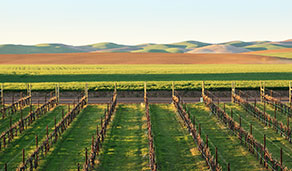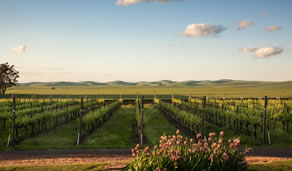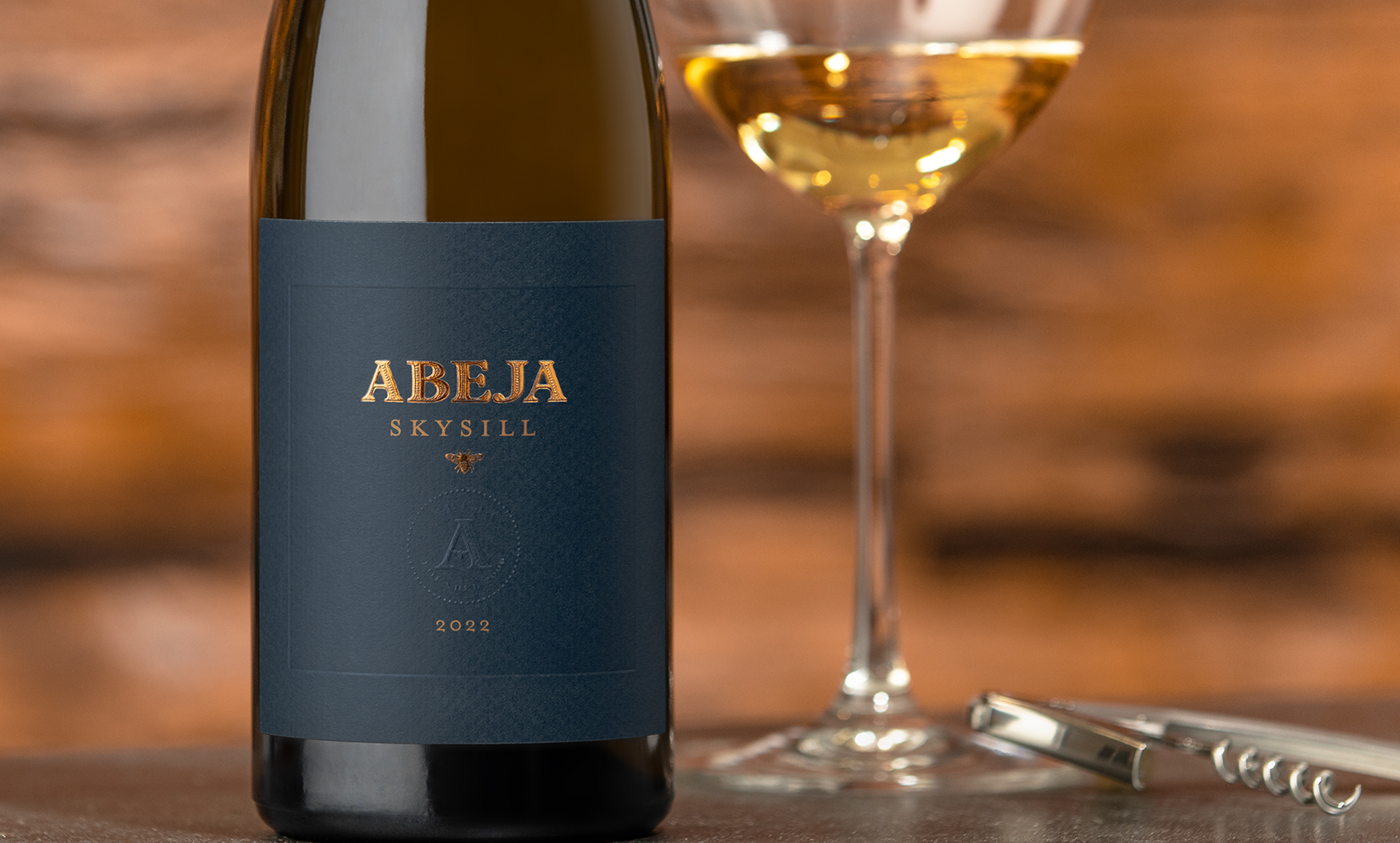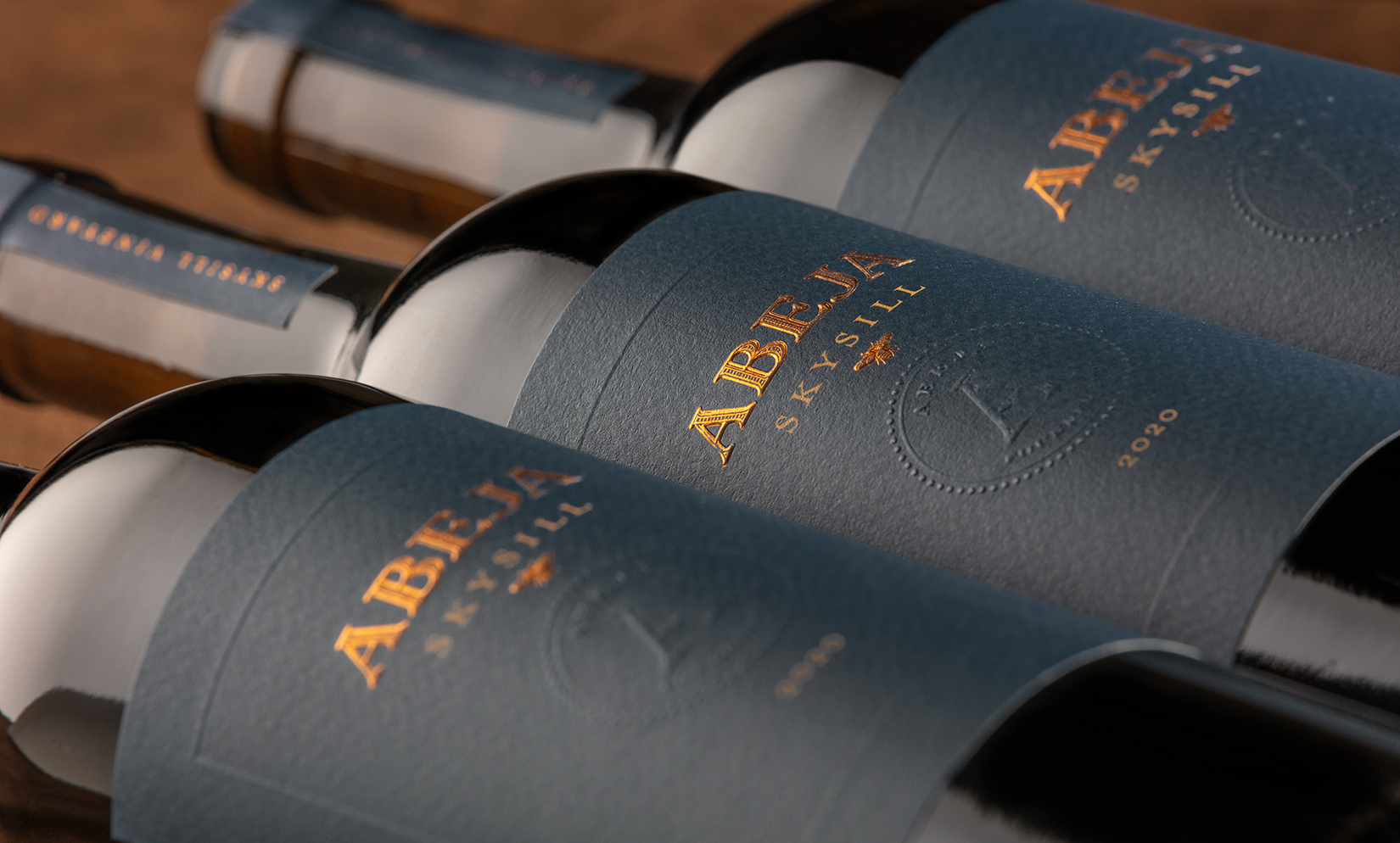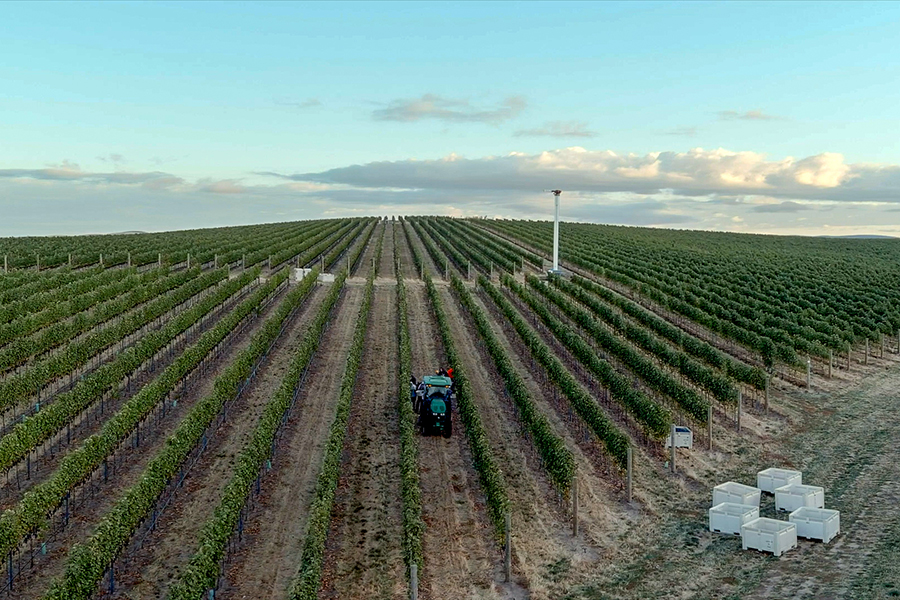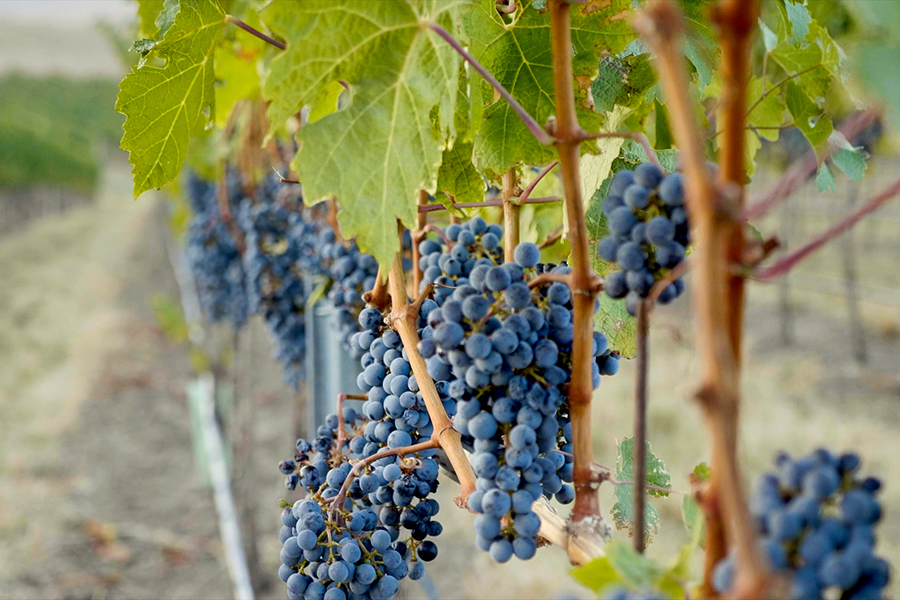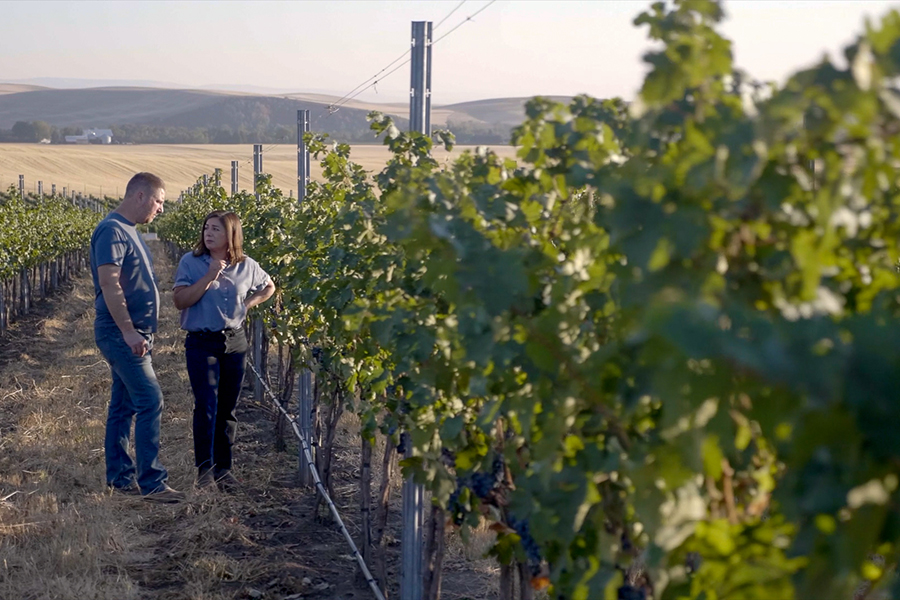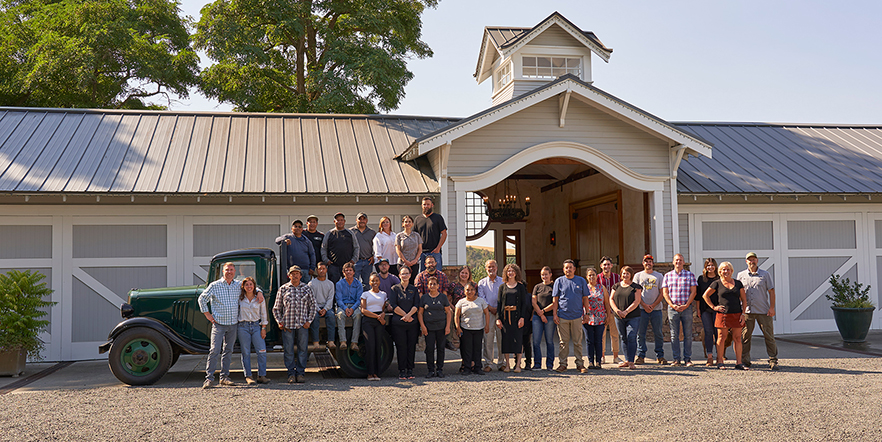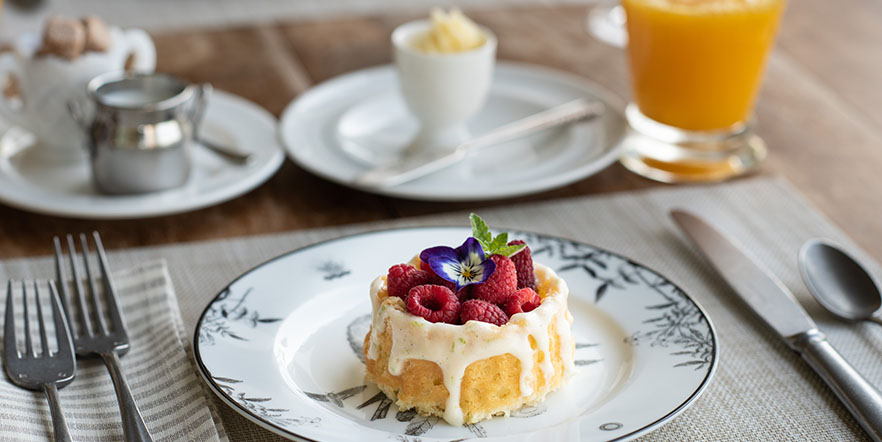Geography and Climate
The vineyard's
elevation (1,400-1,550 ft.) sets the stage for an advantageous swing between
daytime and nighttime temperatures during the growing season. This "swing,"
known as the diurnal shift, helps protect the grapes' natural acidity, locking
in a wine's bright fruit character and yielding balanced, high-quality wines
with excellent aging potential.
With its proximity to the Blue Mountains, Skysill enjoys a robust mountain
valley wind system. During the day, a gentle valley breeze pushes warm air
upslope from the valley floor. At sunset, a mountain breeze surges down the
Blues. Good air drainage promotes fast drying of foliage, reducing disease
pressure in the vineyard in the spring and driving cold air downward to guard
against freeze damage in the winter.
The vineyard's south and southwest-facing aspect support the ideal development
of the grape skin's tannic structure, a necessary component of a wine's
long-term aging potential. High light intensity enhances photosynthesis,
critical to the grapes' ripening, color development and flavor.
Due to
its proximity to the Blue Mountains, Skysill receives 20" of rainfall
annually, more than other areas of the Walla Walla Valley but lower than
California and Oregon growing regions.
Limited
rainfall allows our vineyard manager to control water to the vine in a way that
limits vine vigor while heightening the grapes' flavors and concentration.

